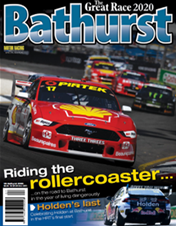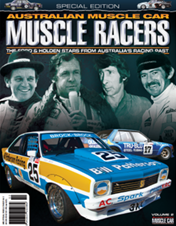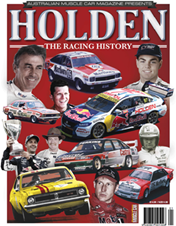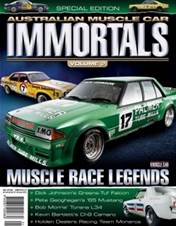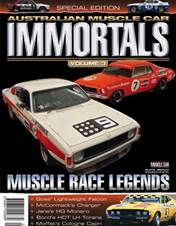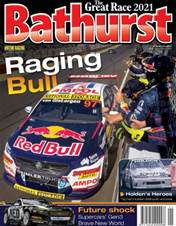Pygmy, a long-retired Holden employee at its now defunct Sydney assembly plant. Pygmy was a dependable ‘go-to guy’ for all manner of mechanical jobs and, well, anything really.
Had Greg not been given the nickname ‘Pygmy’ early in his career by Holden colleague and Bathurst trackside announcer John Cummins, then he probably would have become known as ‘Lynchpin’.
“I started with General Motors working in the Service Garage, which was their own service centre, at Pagewood in 1951 and stayed with General Motors for 36 years,” Lynch explains over a cuppa at his home north of Sydney. “I spent about six years in the Service Garage before I graduated to the Service Office and then went into the field as a Service Representative. Then I took over [running] the Service Garage. And it was during this period I got to know all these people, all these identities inside and outside Holden.”

Pygmy has much affection for the late West, but he doesn’t subscribe to the view car #14D was unfairly disqualified for oversized valves.
“You know why it was disqualified?!” Lynch asks rhetorically during our chat about how Pagewood assisted race teams during the Series Production era.
“When they [West’s mechanics] started to prepare the car for Bathurst, they were blue-printing the engine. They took the cylinder heads off and discovered that one of the valves in the cylinder head was very loose.
“Des rang me first and told me about the problem and how the valve was jumping out of the seat. They were American engines, of course, the 327 Chevs. At that stage we started thinking about a repair under warranty.

“The mechanic then rings and says he doesn’t have the equipment to repair the original, so I gave them the alternative of putting a new cylinder head on it [as a warranty job]. I made the necessary contacts and we got a cylinder head from the Holden dealer at Mascot, I think it was, and took a look at it and could see that the valves were considerably larger than in the original head. This replacement head was a customised head that fitted Buicks and Pontiacs, all sorts of things.
“So the next phone call from the team is, 'well, hang-on, we’ve got the big valves in one head, little valves in the other one. What are we going to do'?
I located another cylinder head [again through the official GM-H channels] and when it arrived it had the big valves in it, too. All of the GM-H replacements did.
“We sent it to Burr’s [Bruce Burr’s, where the West Monaro was being prepared] and I told them, ‘It’s up to you to clear this with CAMS and explain it was a warranty replacement and this is what we had to do.
“As I see it now, the bloke made no contact and thought he could do a sneaky and get away with it.”

History recalls that #14D was the fastest of the GTS 327s at Bathurst and led for much of the day. Typical lap-scoring confusion saw officials show Bruce McPhee’s #13D Monaro taking the chequered flag. West’s post-race disappointment was compounded when scrutineers found the inlet valves were not identical in specification to the workshop manual and the car was booted from second place. He protested on the grounds that the valves were the only ones available from Holden for that model and was eventually exonerated of any wrong-doing. Yet the disqualification still stood.
Pygmy Lynch believes #14D’s replacement valves gave it a significant performance advantage over the other Monaros in the race.


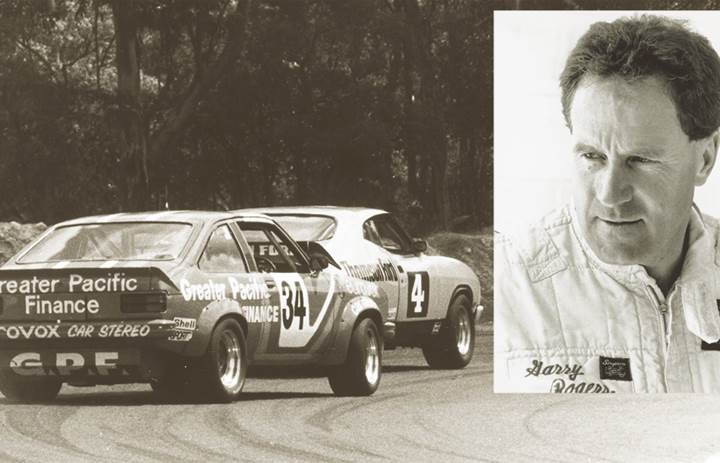


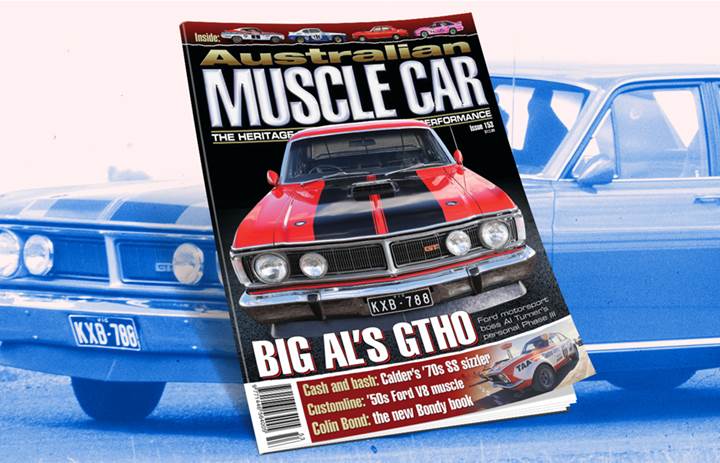

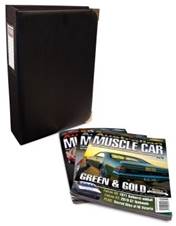


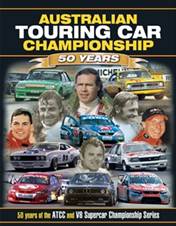

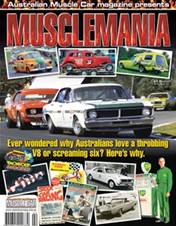
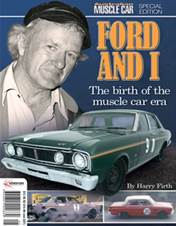
.jpg&q=70&h=226&w=176&c=1&s=1)

